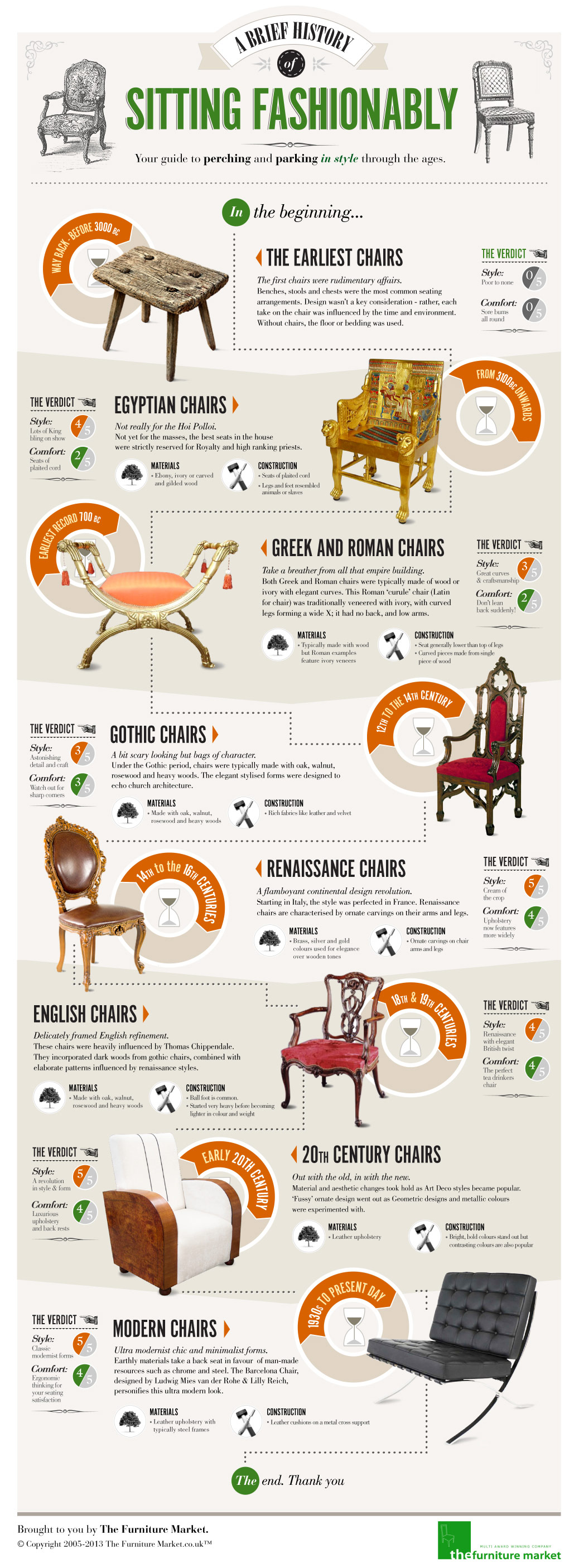A Step-By-Step Guide To Restoring Vintage Cabinets
A Step-By-Step Guide To Restoring Vintage Cabinets
Blog Article
Content By-Gorman Crockett
To begin the trip of bring back antique cabinets, you need a keen eye for information. Picture uncovering concealed secrets within each layer of history ingrained in the timber. Photo the complete satisfaction of reviving a once-forgotten item to its previous magnificence. Every action of this thorough procedure holds the crucial to protecting the past while creating a future treasure. So, are you prepared to start this transformative undertaking and unlock the potential of your antique closets?
Assessing the Cabinet's Problem
When beginning the remediation procedure, beginning by assessing the condition of the antique cupboard. Meticulously check out the overall framework for any indications of damages such as splits, chips, or loose joints. Inspect the timber for any kind of rot, warping, or insect problem that might have occurred in time. It's vital to establish the level of the restoration needed prior to proceeding further.
Next off, evaluate the cabinet's equipment such as hinges, handles, and locks. Make note of any missing items or components that require repair or replacement. Make sure that all hardware is operating properly and securely affixed to the closet.
Additionally, assess the closet's finish. Search for any scrapes, discolorations, or staining that might influence the aesthetic charm. Figure out if the surface needs to be stripped and reapplied or if a basic touch-up will certainly be adequate.
Gathering the Required Tools and Materials
After assessing the problem of the antique cupboard, the next step is to gather the necessary tools and products for the reconstruction procedure. Prior to you start, guarantee you have the adhering to items handy:
- timber cleaner
- sandpaper in numerous grits
- timber filler
- paint or wood discolor
- brushes
- gloves
- safety goggles
- a dust mask
- a drop cloth
- a putty knife
- a hammer
- a screwdriver
- a vacuum
These tools and products are necessary for an effective repair.
https://certified-termite-and-hom90997.tkzblog.com/29183277/prepare-yourself-to-discover-the-essential-actions-for-making-sure-precise-measurements-of-your-area-before-mounting-cupboards is important for eliminating years of dirt and crud build-up, preparing the surface for fining sand. Sandpaper of different grits assists in smoothing out flaws and preparing the timber for a brand-new coating. Wood filler comes in handy for repairing any type of cracks, holes, or dents existing in the closet.
Repaint or timber tarnish, together with brushes, allow you to personalize the cabinet to your choice. Remember to wear handwear covers, safety and security goggles, and a dirt mask for protection. Put down a ground cloth to shield your work area, and make use of a vacuum to clean up any kind of particles.
With these tools and products collected, you prepare to start the reconstruction procedure.
Performing the Reconstruction Refine
To effectively execute the remediation process on your antique cupboard, begin by completely cleaning up the surface with the wood cleaner. This step is vital as it helps get rid of years of dirt, gunk, and old gloss that may have collected on the surface.
Once cabinet installation services is clean and dry, evaluate the problem of the wood. Try to find any kind of splits, scrapes, or various other damages that need to be dealt with. Use timber filler to fix any kind of blemishes, ensuring to match the filler color to the timber tone for a seamless finish.
After the fixings have actually dried, carefully sand the whole surface to create a smooth and even base for the new surface. Beware not to sand too boldy, as you do not wish to harm the timber underneath.
As soon as the sanding is complete, apply a wood stain or complete of your choice, complying with the supplier's instructions. Permit the coating to dry entirely prior to applying a protective leading coat to make certain the longevity of your brought back antique cupboard.
Final thought
Now that you have completed the restoration procedure, your antique cupboard looks like new.
By complying with the step-by-step guide, you were able to evaluate, fix, and enhance its problem with ease.
With a fresh coating and safety top coat, your cherished piece will certainly remain to beam for several years to come.
Delight in the beauty of your restored antique closet!
